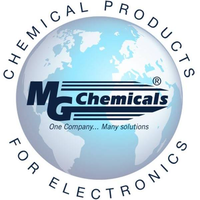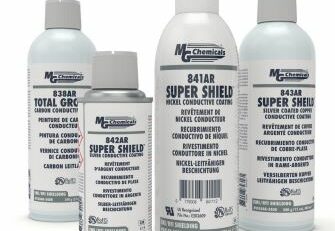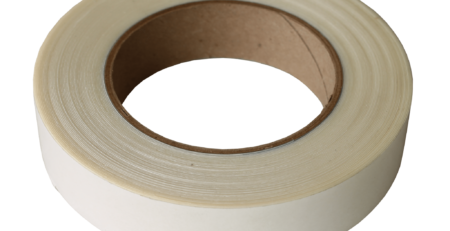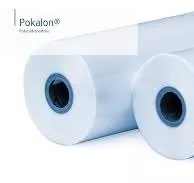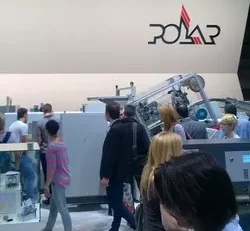Protective coatings for antenna electronics
In military aviation, electronic systems have to withstand extreme loads such as shock, vibration, moisture and extreme temperatures. To protect these systems, coatings are often applied that increase the protection and longevity of the electronics. Conformal coatings offer the advantage of being able to cling to the surface of the component, allowing for full coverage and insulation. In addition, conformal coatings can help prevent electrical shorts and prevent ingress of moisture and other contaminants.
Another important aspect of coatings for antenna electronics is protection against electromagnetic interference (EMI). This interference can affect the signal received by the antenna and thus affect the performance of the system. EMI coatings are used to absorb and reflect the signal, increasing the protection of the system. In addition, EMI coatings can also help prevent electrostatic discharge (ESD) that can damage sensitive electronics.
Choosing the right coating depends on many factors, including the type of application, environmental conditions and the specific needs of the system. Thermoplastic coatings are a popular choice for protecting antenna electronics because of their high chemical and physical resistance and ability to conform well to the surface. Silicone coatings also offer excellent protection and are able to withstand extreme temperatures, making them a good choice for aerospace applications.
The 422B and 422C Coatings are transparent, flexible, and waterproof protective coatings that exhibit excellent adhesion to a wide variety of surfaces such as aluminum, stainless steel, and plastics. These coatings can also be used in a wide temperature range and can withstand temperatures from -60 °C to 135 °C.
The 419D and 419E coatings are also waterproof and flexible but also offer excellent chemical resistance to oils, fuels and other chemicals. These coatings are ideal for applications where increased resistance to aggressive environments is required.
In addition to their excellent protection, these coatings also offer ease of application and handling. They can be applied by spraying, dipping or brushing and cure quickly to form a tough protective layer.
In summary, protective coatings for antenna electronics in the aerospace industry are critical to ensure the longevity and performance of electronic systems in demanding environments. Compliant coatings provide excellent protection and can help reduce EMI and prevent the ingress of moisture and contaminants. When choosing the right coating, the specific requirements of the application and environmental conditions should be considered to ensure the best possible protection.
